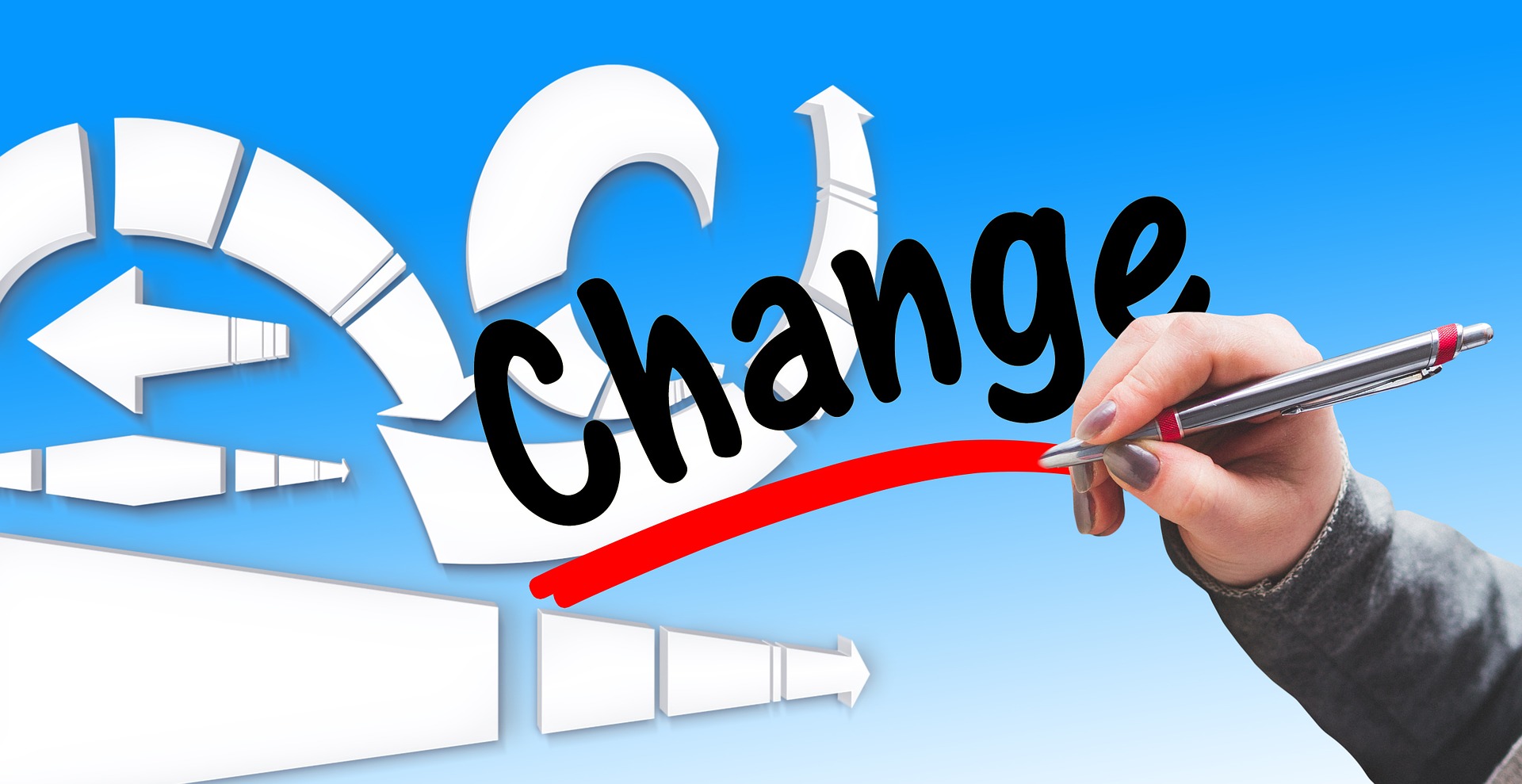If you’re in the business of selling technology to the enterprise, you can probably sense that things are changing dramatically. But do you understand fully the underlying causes and the lasting impact of what’s happening?
In the middle of 2014, I was on a speaking tour of New Zealand when I think I had my first full realization of the changes that were afoot. As part of my tour, I gave a speech at the Digital Disruption Conference in Auckland, hosted by the Auckland University of Technology and the US Embassy. Unlike most of my speaking events up to that point, this event was attended by people who were not in the IT or technology business. And in the conversations surrounding that speech, I got my first real inkling that things were shifting. Dramatically.
What I heard, over and over again, was that the market forces that I had first written about in my book, The Quantum Age of IT, were now impacting more than just IT; they were, in fact, impacting all aspects of how businesses were operated, the way products were produced and how entire organizations were crafting and executing their go-to-market strategies.
The “consumerization of IT” had changed how everyone was expecting everything to operate – whether they were a technology company or not. The “criticality of IT” was increasing the pace at which everything was moving. And the “competition for IT” was shifting responsibility for technology and digital solutions from IT to, well, everyone.
Moreover, this wasn’t occurring at just a strategic level. This was having real, visible impacts on both a micro and macro level. On a micro level it was creating pressure amongst rank-and-file business managers to truly understand how technology was driving competitive value – to really understand the technology itself much more than they ever had in the past. On the macro level, it was beginning to lead to fundamental structural changes in everything from management models to actual organizational structures as companies tried to figure out how to compete with their smaller, younger, more nimble and technology-driven competitors.
Our recent research, conducted in partnership with EMA, on the state of Digital and IT transformation supports what we’re hearing in the field. IT Transformation is important. But the ability to successfully transform the organization into a Digital Enterprise is the key to future longevity.
Enterprise organizations – at least those that will survive – are in the midst of trying to figure out what it means to become a “digital enterprise” and how to successfully navigate that transformation in one piece. As they make this shift, who is purchasing technology, how they’re purchasing it and why they’re purchasing it will all shift. And how they execute that transformation will have a dramatic impact on what they buy from you, how they want to buy it and the process you must use to engage with them.
In my next article, I’ll address the three specific ways that what and how you sell is changing. Until then, buckle in. It’s going to be fun.
About the Author:
Tag/s:Digital Enterprise






Trackbacks/Pingbacks